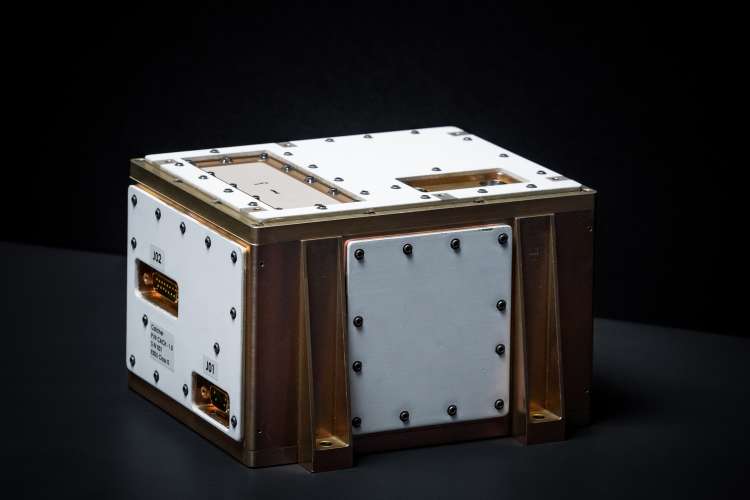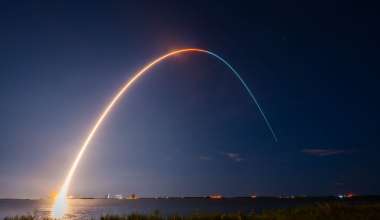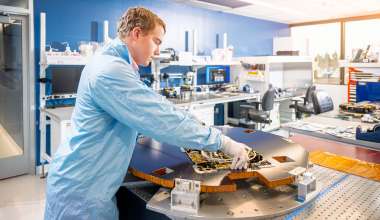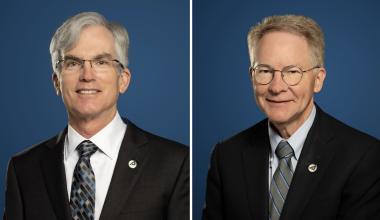Space is becoming more challenging to navigate due to factors such as natural hazards and the rapid increase of artificial objects, including operating and nonfunctional spacecraft. Acquiring, maintaining, and strengthening space domain awareness (SDA) provides operators and the broader space enterprise a richer understanding of the conditions that spacecraft must operate in, and can also increase speed and agility in troubleshooting on-orbit problems that may arise.
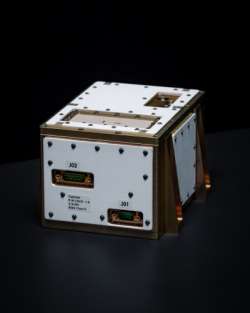
The Aerospace Corporation, in collaboration with Space Systems Command (SSC), is building confidence in compact SDA capabilities with Catcher, a payload that provides real-time local insights on a variety of hazards that its host may encounter. The sensor payload will be able to discern threats within the host’s surrounding environment, including those across certain parts of the electromagnetic spectrum and mechanical impacts.
“The capability demonstration provided by Catcher marks the first step toward a future where all space vehicles will have a heightened situational awareness” said 1st Lt. George Eberwine, program manager for SDA Prototypes at Space Systems Command. “We’ve reached a point where small and robust sensors can be integrated with space assets and provide operators with real-time data on all aspects of the vehicle’s environment, in addition to serving as critical data sources for anomaly attribution, should something unexpected occur.”
A Closer Picture of Operating in Space
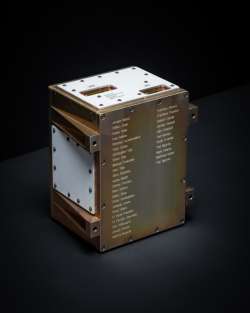
Throughout the duration of its mission, a spacecraft can undergo many changing conditions within its environment. This can include radiation, nearby satellites transmitting in its orbital path, or colliding with small pieces of space debris. Although ground systems are used to identify and track objects in space, a spacecraft’s onboard local sensor can pick up on conditions and risks that Earth-based observation tools cannot.
“Catcher is a low-cost, size, weight and power solution that will accurately perceive changes and various hazards in the host satellite’s environment,” said Dr. Joseph Mazur, Principal Director in Aerospace’s Physical Sciences Laboratories. “If an anomaly occurs, operators will be able to look at Catcher’s record for information and analysis. If there’s a correlation, the mission team will be able to have an increased sense of confidence on why the problem occurred.”
The Past as a Way Forward
Catcher leverages the lessons learned and modular design of a previous Aerospace and SSC collaboration: the Energetic Charged Particle (ECP)-Lite. By opting to adopt the design specifications of ECP-Lite, Aerospace engineers were able to focus their efforts and resources on the sensing aspect of the Catcher mission, ultimately accelerating development and optimizing costs.
The payload successfully launched as part of the United States Space Force’s USSF-67 mission on Jan. 15 from Kennedy Space Center’s Space Launch Complex 39A. During its inaugural flight in space on the Long Duration Propulsive ESPA (LDPE)-3, the sensor will demonstrate its detection capabilities and the data collected will inform the team if Catcher is functioning as expected.
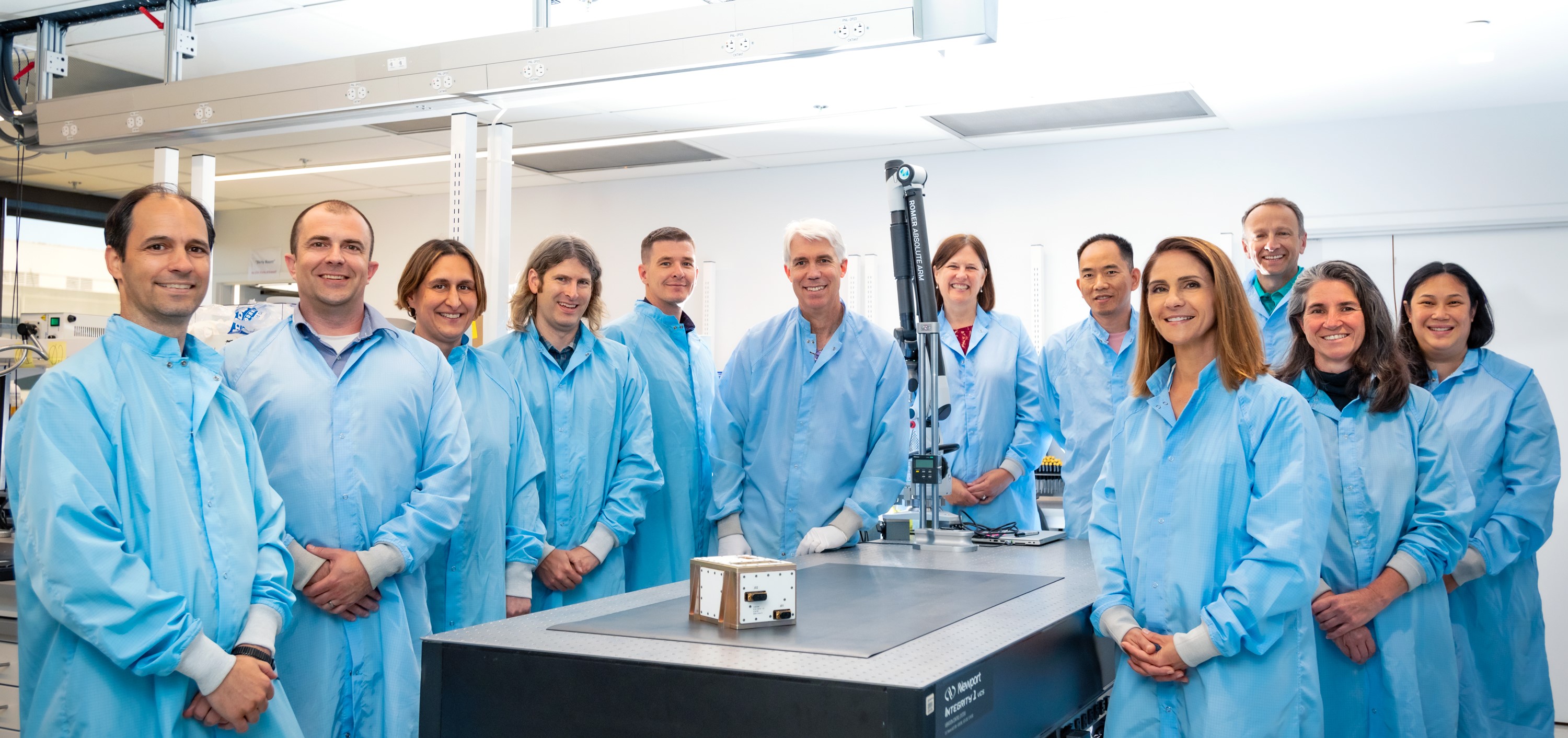
The testing and evaluation of the payload will be a milestone for in-space SDA capabilities, demonstrating that detecting hazards among a spacecraft’s immediate surroundings is possible in an affordable and compact manner.
For the Aerospace team, Catcher may be the first of its kind, but there are additional opportunities to build and expand SDA and resiliency for the U.S. space enterprise.
“Since these types of challenging environments have never been detected by a sensor like Catcher before, it is a bit of an experiment and partially a discovery type of mission,” said Mazur. “The insights from this experience can help us develop and field more of the same type of payload on other systems. We could also use the verified sensing technologies onboard Catcher for other types of architectures. Catcher is a single box that has lots of capability within it.”
